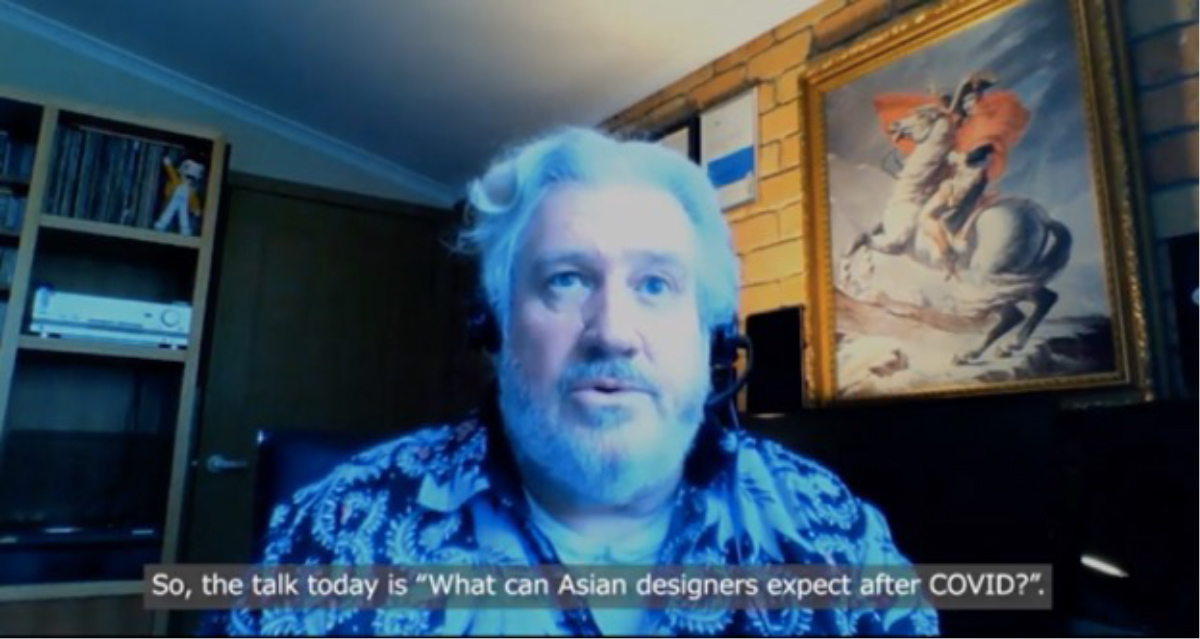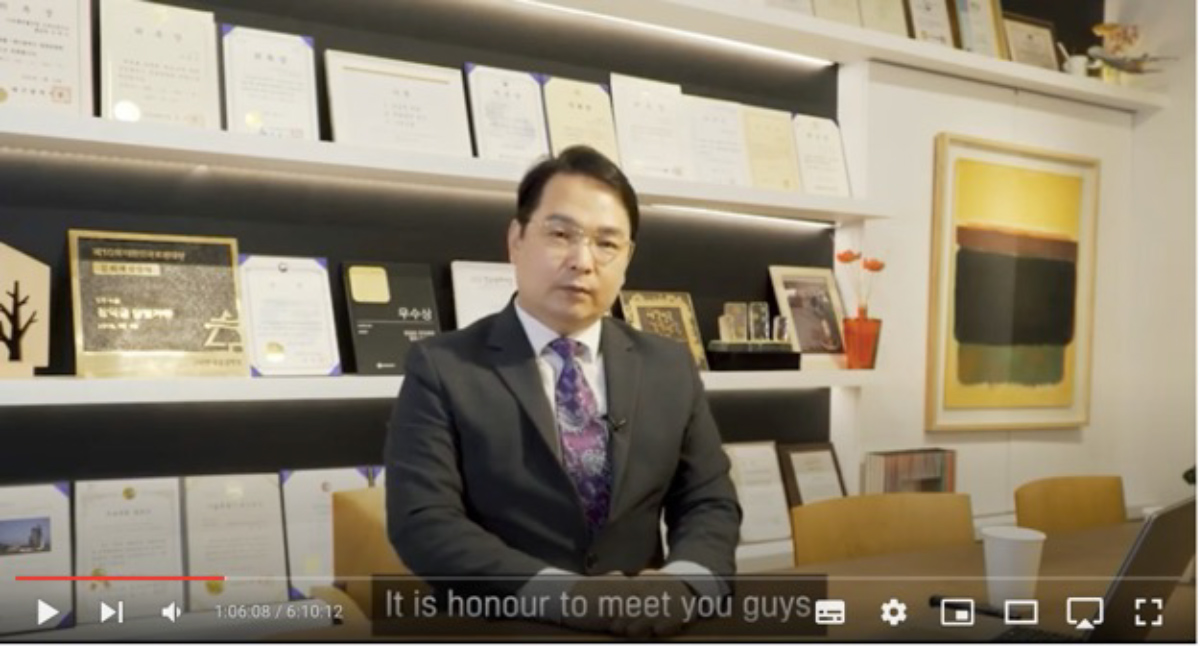
Where Does Asian Creators Head After Covid-19?
What does “after the Covid-19 pandemic” mean for lighting design and visual environment? How could we arrange ways to allow human and space to coexist to provide a user experience space? Three presenters from Australia, South Korea and Vietnam talk about the sustainability of lighting design.
The first presenter, Mr. Stephen Brown, a Design Director at NDYLIGHT in Melbourne, Australia, says that new rules arouse from the Covid-19 pandemic, such as mask wearing, city lockdowns, travel restrictions, which also led to an obsession with regulations among people. Historically, any major global event has been followed by an “emptiness,” which then is always filled by something else. What will fill that emptiness after the Covid-19 pandemic? It will be “more severe regulations and stagnation of globalization.” According to him, the most concern is that new regulations will continuously be put into operation even after the pandemic, which could result in lighting design being controlled by those excessive regulations, and also lead to prevalence of “stereotypical” ideas. However, the “quality” of lighting shall be ultimately measured by human eyes, not by mechanical objects such as an illuminance meter. Only lighting designers can safeguard the “quality” of lighting, and therefore all the lighting designers, including IALD, must work together to raise voices before the excessive regulations are introduced.

The second presenter, Korean lighting designer Mr. Yeon-so Lee, who is a committee member related to building guidelines of urban night scenery and light pollution, points out that the Covid-19 pandemic has diminished the opportunity for people to be in touch with each other’s emotions. So, after the pandemic, how can lighting designers create opportunities for people to empathize with each other? The answer is to create a space where people can feel each other’s emotions through lighting experience. He explains that lighting design appeals to human emotions through the “quality” of light, and provides not only illumination but also factors contributing to happiness.

The third presenter is Mr. Hoang Le Ha, who is the founder of ShapeUs studio based in Ho Chi Minh City, Vietnam, and has worked as a lighting designer at Reiko Chikada Lighting Design Inc. Compared to the other two, he takes this pandemic much positively. He says he realized the importance of creatively changing the design process, such as procurement of local materials as well as ways to deal with lighting, under the circumstances where the suspension of material transportation has caused problems in the construction industry. Taking his own work “The Art Space” as an example, he explained that he shifted the light source from artificial to natural light as an organic and sustainable source of light. Under the pandemic, the workflow has become decentralized, and it has become easier to get marginal feedback. In a way, local people have gained a greater voice, which has been integrated into the design process, as well as thinking and decision-making process. The pandemic provided a good opportunity to think about sustainability, resource utilization, and workflow.

To conclude the discussion, the moderator Ms. Chikada says that three presentations could offer an opportunity to think about “what should the lighting designers head towards after Covid-19?”
